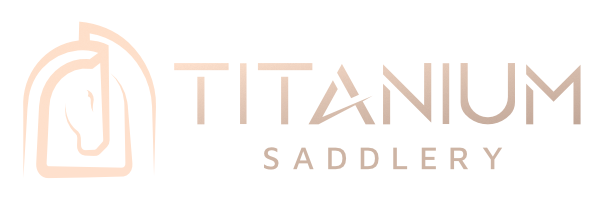It's BACK! Flatweed, which is responsible for causing Pasture-Associated Stringhalt (PAS), is growing like crazy!

Flatweed can sprout in 3-4 days after rainfall to provide a succulent ‘green pick’. This green pick is very tempting for horses and ponies when green grass is scarce - so right now, that's those locked up in the "Jenny Craig paddock".
PAS is caused by a poisonous nerve damaging chemical compound produced in the leaves of the flatweed. The chemical in the plant affects the peripheral nervous system, especially the long sciatic nerves of the horse’s hind limbs by stripping the protective myelin sheath along the nerves. Signs of PAS may start to be noticeable within 7 – 21 days after the horse has consumed flatweed on a daily basis. Symptoms vary depending on the extent of damage to the nerve sheath. In mild cases, you may only notice a knuckling over of the rear fetlocks or slight un-coordination in one or both hind limbs as the horse is walked off. In moderate cases, some horses may present with exaggerated upper flexion action in one or both legs, especially when they become excited or anxious. In severe cases, a horse will display complete, un-coordination with an exaggerated gait, making it almost impossible to walk or back up, especially off a horse float.

A simple test to confirm PAS is to try to gently push on the horse’s shoulder to push it back a few steps. If the horse is unable to walk backwards, then there is a high likelihood that the horse has PAS. It is important to remember, that if you are loading your horse suffering from PAS by walking up a float or truck ramp to take to your vet, they will not be able to walk backwards off the float!
Early intervention is critical for recovery! Remove horses from affected pastures to an area which does not contain flatweed. Supplement with Kohnke’s Own® Mag-E® at double or even triple the normal dose for 7-10 days. Offer lucerne hay as it provides good quality protein for eventual myelin repair.



